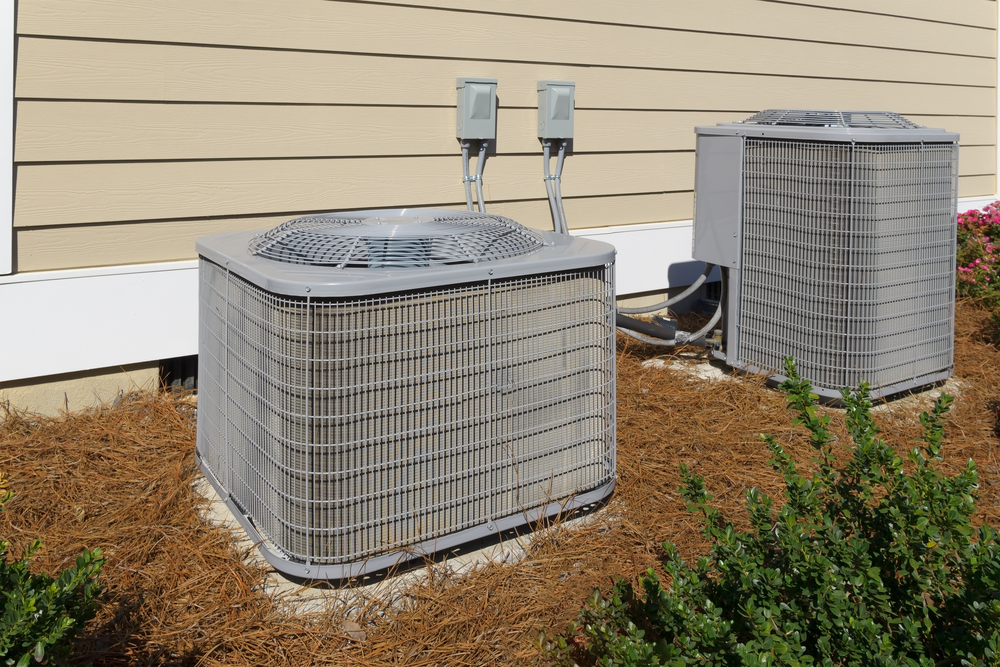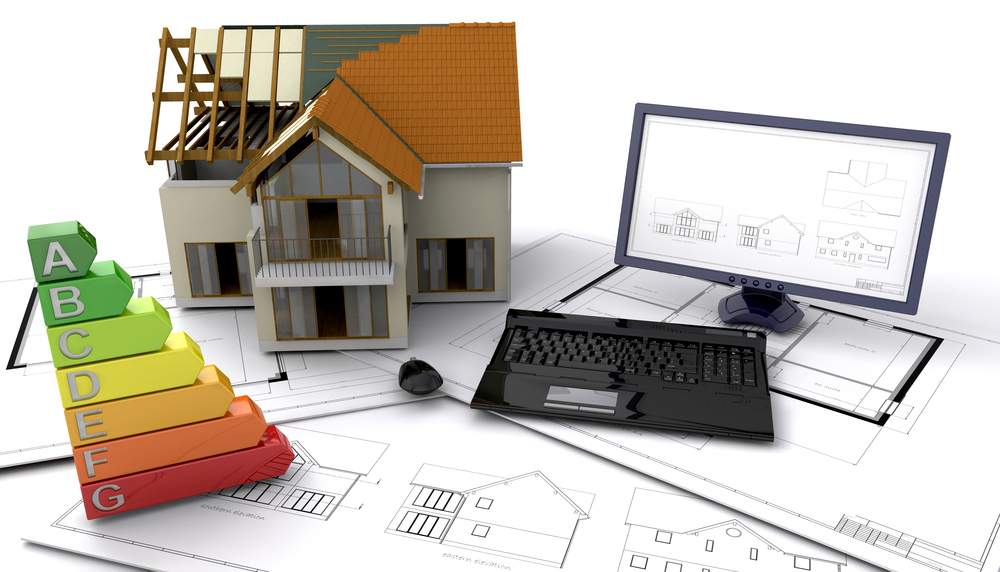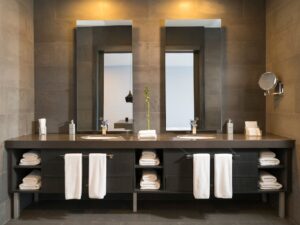Globally, builders, developers, and professional remodelers of family homes are offering more green options than ever before.
Interestingly, the start of this growth can be traced back a decade, to 2009, when the global recession in the residential construction market was at a very low ebb. One conceivable explanation researchers have found is that builders started to use the advantages of green building to attract buyers at a time when the market was exceptionally sluggish.
According to a SmartMarket report by the Massachusetts-based McGraw Hill Construction company, that discusses the growth of green multi- and single-family homes in a “recovering market,” the three primary triggers were:
- Continued increases in energy costs.
- Changes in code ordinances and building regulations including the National Association of Home Builders (NAHB) International Code Council (ICC) 700 National Green Building Standard which is approved by the American National Standards Institute (ANSI).
- Increasing availability and affordability of “green” products.
Additionally, various government and utility incentives placed an important role too. Unfortunately, many of these have been, or are being, phased out.
Statistics provided in the report show a phenomenal increase in green building projects. While builders that undertake very few (less than 16%) single-family home projects decreased progressively from 63% in 2011, 38% in 2013, 23% in 2015, to an anticipated 16% in 2018, those boasting that more than 90% of their projects were green rose from 12% in 2011 to 19% in 2013, 24% in 2015, to a projected 38% in 2018. The figures were similar for multi-family projects: from 69% in 2011, 46% two years later, to a consistent 21% from 2015-2018. Not as many boasted that more than 90% of their projects were green though a similar trend is evident. While there were only 6% in 2011 and 2013, this increased to 9% in 2015 and was expected to double to 18% in 2018.
Similarly, those firms undertaking remodeling projects, of which at least 90% of which were green increased from 7% in 2011 to 25% in 2018. Those admitting that less than 16% of their remodeling projects were green decreased from 70% in 2011 to 21% in 2018.
So what do builders and remodelers do to make homes green?
Eco-Solutions for Family Homes
Around 95% of builders and remodelers regard energy-efficiency as the most important element of green homes. Other important green practices that provide eco-friendly solutions include:
- Durability of materials
- Water efficiency that incorporates more water conservation products and practices
- The use of materials that emit low volatile organic compounds (VOCs)
- Improved quality of indoor air
- Management and reduction of construction waste and a focus on material conservation and recycling
- Eco-friendly site planning and development with a focus on environmental sensitivity
The motivation for opting for eco-solutions varies, with the promise of long-term utility cost savings remaining the most powerful argument for going green. Operating efficiency is also a priority, followed by a belief that quality construction, along with durability and the need for reduced maintenance, is associated with so-called green features. Homeowners also consider high performance and sustainability important and, to a lesser extent, the fact that an eco-friendly home will have a reduced environmental impact.
Professionals play an important role in terms of identifying which green products, practices, and features are best for purpose and location. This includes builders, architects, and those providing engineering solutions in Chicago, New York, London, Paris, Moscow, or whichever city you live in or are near to.
Green Products, Practices, and Features
There are so many ways to ensure that our homes are eco-friendly. These are some of the winning solutions for new homes and renovations:

- Ensure your house is energy-efficient in every possible way
Switch to high-efficiency water heater and heating, air-conditioning, and cooling (HVAC) systems that are correctly sized and properly installed. Make sure all lighting and appliances are energy efficient. Insulation should exceed code minimums and windows should exceed code-mandated performance. Opt for above-code energy programs and passive solar design. - Do everything possible to conserve materials and resources
While there are different priorities for new homes versus those being renovated, there is definite value in using more durable materials as well as recycled products or materials that are easily recycled. This is particularly true for homes that are being remodeled. The use of prefabricated components and engineered wood is gaining significant attention and interest as is the use of lumber that is certified to have been sustainably harvested. - Put systems in place that will enable you to conserve water
The ability to conserve water comes from installing appliances and fixtures that are designed for this purpose. Efficient plumbing techniques also help a great deal. Look for WaterSense labels and harvest rainwater if you can. - Aim for the very best indoor environmental quality possible
There are many products and practices that will improve the indoor environmental quality of your home from filtration and air-cleaning systems and low-VOC materials (including paint, synthetic fibers, wood finishing products, and cabinetry that contains formaldehyde) to systems that increase moisture control and ventilation. A company that offers mechanical engineering services in Chicago or wherever you live will be able to assist with the latter.
There is little doubt that the challenges of finding appropriate eco-solutions for your home will be easier if you work with a professional, there is certainly a lot that each and every one of us can do ourselves. It simply requires commitment.
About the author

Michael Tobias is the founder and principal of New York Engineers, an Inc 5000 Fastest Growing Company in America. He leads a team of 30+ mechanical, electrical, plumbing, and fire protection engineers from the company headquarters in New York City, and has led more than 1,000 projects in New York, New Jersey, Chicago, Pennsylvania, Connecticut, Florida, Maryland, and California, as well as Singapore and Malaysia. He is passionate about sustainability and renewable energy.



